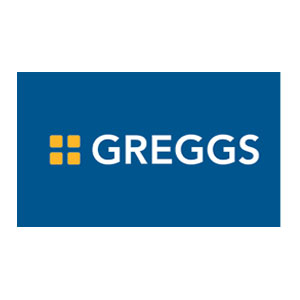
Developing in a warm, moist environment, dust mites roam throughout the house, feeding on food crumbs, their dead colleagues and dead skin cells produced by humans or animals. On average, a human produces between 110 and 140 mg of dead skin per day that can feed several thousands of dust mites for 3 months. Whilst it is possible to reduce their number with a few daily gestures, those hidden in bedding are the most numerous and the most difficult to reach.
In response, the LG brand has developed the Bedding Cleaner specially adapted to the cleaning of bedding (mattresses, cushions, base, quilts...). Its Dual Punch system carries out 8,000 beats per minute to hit fabrics and remove dust that is then directly suctioned. This cordless vacuum cleaner is also equipped with a rotating brush to recover hair, textile fibres, dust and dust mite remains. The recovery tank contains two HEPA filters (High Efficiency Particulate Air) removing germs, bacteria and allergen particles (including dust mites) of less than 0.3 microns.
To avoid re-contaminating the bedding when the LG Bedding Cleaner is reused, its recharging station is equipped with an U,V. lamp to eliminate all allergen residues. Approved by the French Association for Allergy Prevention (AFPRAL) and the British Allergy Foundation, it has been on sale since last year at the price of €299 ?.
News in the same category
Ashford Designer Outlet would welcome a major global coffee chain later this year. Starbucks Coffee would be coming up with its new store at the place, which is undergoing several million pounds of renovation work currently.
Pret A Manger has just announced new steps to reduce waste that will see customers being able to buy cheaper hot drinks.
By calculating the alcohol level, Breeze and its application let you know the approximate time that you are sober and find a temporary solution (taxi, food, hotel...). Presented at the CES, the Breathometer company also presented the Mint.
Belfast's student district is to gain a new addition in the form of Greggs, the ubiquitous bakery store that is the largest in the UK. The new shop will be the 15th in Northern Ireland and the eighth in the Belfast district.




